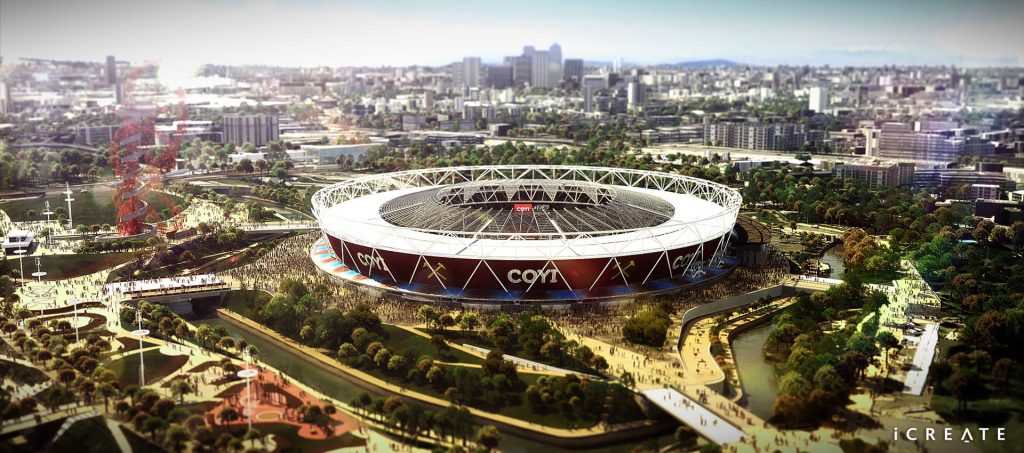3D architectural rendering is a term that describes viewing architectural designs even before they are built. It includes simple sketches, as well as, more complex 3D images and guided virtual tours.

Architectural rendering is an expression of the 3D artists by which they produce the design of a place in their artistic style. At times, rendering can be only used to make a design look nice. It can, however, enlighten the viewer on some particular things about the design.
Pinning down all the techniques used in architectural designing is impossible. In fact, for 3D artists, it is an ethereal concept wherein they use various rendering techniques to make their work stand out. Let’s attempt here to talk about some methods that make the Art of Rendering the most popular form of architectural visualization:
- Virtually real
It is the ability of the 3D architectural rendering to present the viewer precisely what something will appear like, without it actually being there.
- 3D artists recreate illumination, objects, and the precision of human observation. This impressive art comes from years of training and education.
- Besides, 3D rendering software helps to recreate materiality digitally.
- The understanding of light is necessary too. Light allows us to see things, so rendering technology is manipulated to imitate real time lighting.
- The drawing
Architects love to tell a story through their drawings. The drawing shows you the concept behind the building design.
- Hand drawn designs are always in high demand as architects claim that the computer cannot portray the essence similarly. Artists use hand drawn renderings to represent a project.
- The quality and the imperfections of hand drawn designs cannot be reproduced digitally.
- Some nuances allow a viewer to utilize his imagination to fill in the gaps that may manifest in the finished project.
- Although drawings are not a technical prowess, a lot of work goes into creating something with clarity. The artists combine their vector drawings with 3D software to recreate a virtual world.
- Animated presentation
It is always better to tell a story with images. Architectural rendering stirs a candid recollection that allows you to touch on the project playfully.
- The human psyche awakens at the abundance of thick, colourful, and animated line work. Architectural rendering uses a combination of computer and hand drawing to achieve it.
- An excellent animated presentation will let you see the project through the eyes of the designer.
- The viewer gets an interactive tour of the building. The animations offered by architectural rendering style add to this experience.
- Gaze at the future
The architectural rendering technique can show what a design will look like in the future. The conceptual force comes into being to reflect the nature of the building itself.
- The rendering technique helps envisage the future and how the building design will correspond to that. This particular technique tends towards the hyper-real.
- Most people will be able to relate to the future if they can draw some similarity between the future and the world they presently live in.
- The most modern rendering techniques will produce futuristic graphics without getting separated from the present.
- Layers of information
3D architectural rendering uses visual layers of information which when seen collectively reveals complete information about the design.
- These layers could be air circulation, water delivery or insulation. The layers contribute to a larger drawing.
- Drawings allow architects to stack storeys on one another to comprehend how things work in 3D.
- The three-dimensional modelling capability of digital drawing has streamlined the method of layering the information.
- Less is more
The architects are fond of minimalism. They focus only on space to create a design that is a conceptual masterwork.
- The architectural rendering can enhance the intrigue of a design without adding distractions.
- It incorporates only the basic tools that an architect uses – light, form, and space.
- These renderings go well beyond structural drawings to create a simple, frill-free virtual dimension.
3D rendering in architectural designing world incorporates art in a manner that cannot be simply described in words. There are numerous techniques that artists and architects use so you can experience a virtual world. These techniques have made the art of rendering popular in the world of architectural visualization.
Information shared by iCreate Ltd







